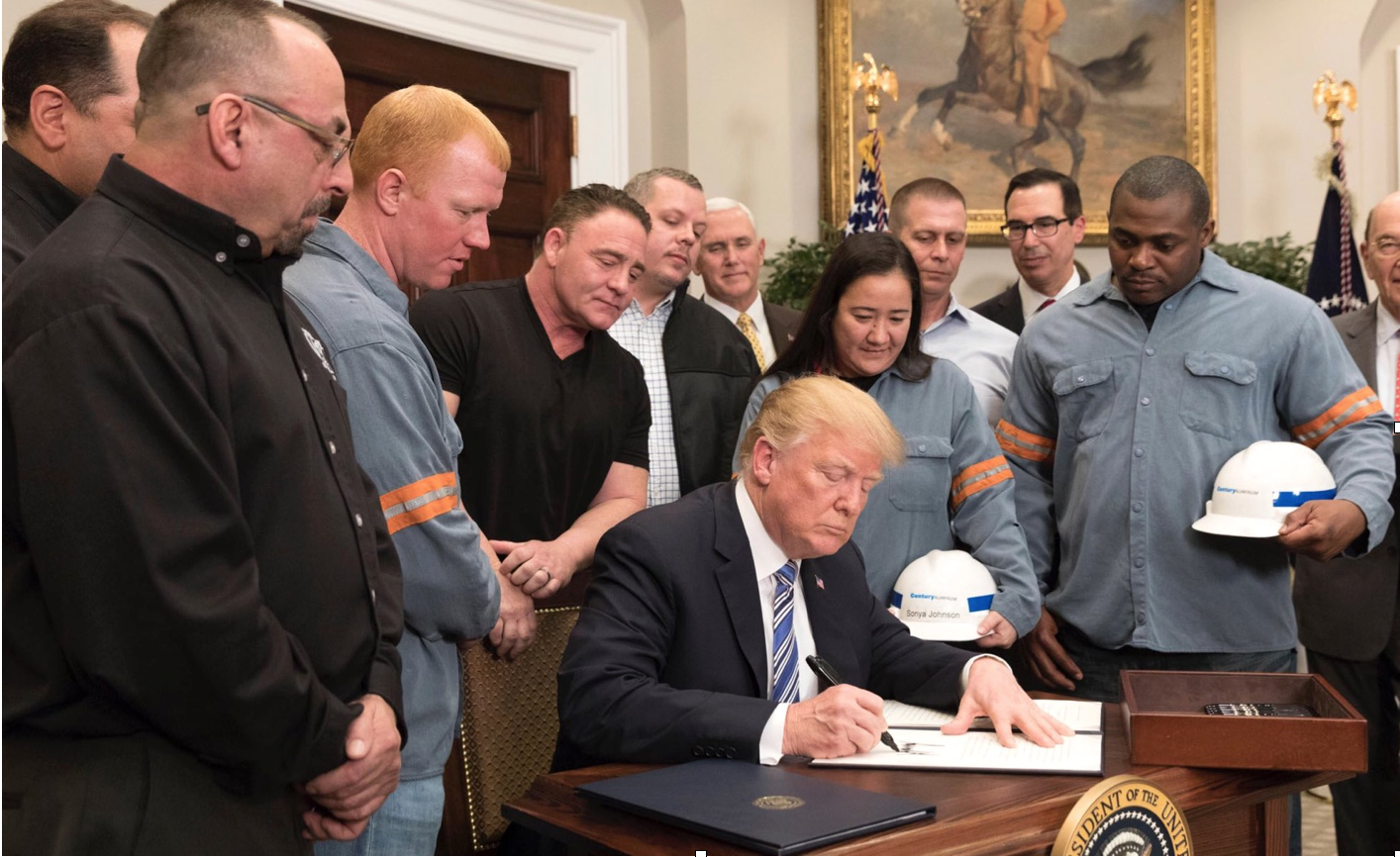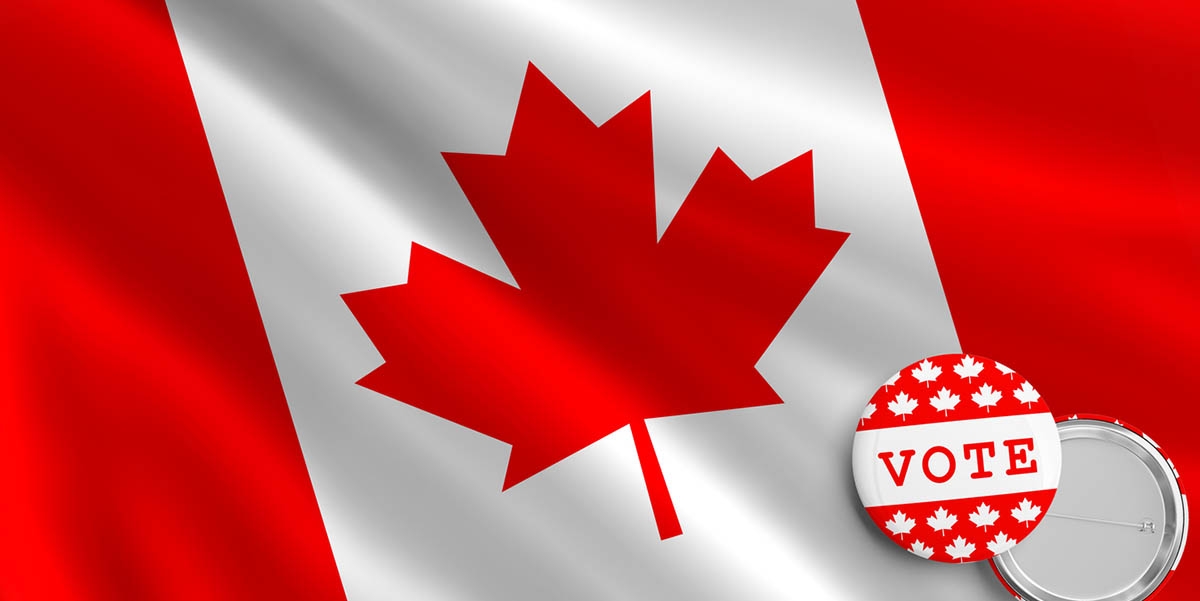
Everything you need to know about Trump’s new tariffs
Last month, U.S. President Donald Trump publicly announced his intention to impose substantial taxes on imported steel and aluminium.
Trump announced that he would add a 25% tariff on steel imports and another 10% on aluminum imports, which was all brought forward during a White House meeting with the U.S. steel industry board.
The American President claims that this action is for the protection of the American industry which, he claims, has been treated unfairly by other countries. However, this imposition, bound to increase tension with China, might also be the spark that ignites a trade war.
Trump has expressed his strong feelings on the subject in some recent tweets.

So what is Trump really trying to do?

By adding tariffs on imported steel and aluminium, Trump believes that he will be doing the U.S. economy a giant favour. The president believes that the taxes will help protect American jobs and boost the U.S. economy.
It is also apparent that Trump is not worried about triggering a trade war whatsoever, for he indicated on Twitter that if anything they are good, and easy to succeed in.
“When a country (USA) is losing many billions of dollars on trade with virtually every country it does business with, trade wars are good, and easy to win. Example, when we are down $100 billion with a certain country and they get cute, don’t trade anymore-we win big. It’s easy!” Trump said.
So where are we at now?
Trump’s motive is, in part, to punish China for it’s supposed seizure of intellectual property from US companies. The tariffs are on approximately $50 billion worth of Chinese imports and come hand in hand with plans for a seven-month investigation into the alleged theft.
Overall, these actions are supposedly going to make the U.S. a “much stronger, much richer nation,” said Trump.
How are other countries reacting?
Allies of the United States, including the EU and Canada, have expressed their discontent regarding the new tariffs. A recent investigation done by the United Steelworkers union (USW) revealed that Canada’s long-standing trade relationship with the United States is neither related to the issue of China’s alleged theft, nor one of the “unfair” trade relationships about which Trump has spoken. Many people on both sides of our border are therefore advocating for a Canadian exemption so that our trade relationship may remain unchanged.
Germany, Australia, South Korea, and the UK (and most alarmingly, China) have all also expressed their concerns. In response to the U.S. President’s plans, China supposedly urged the country to “abide by the multilateral trade rules.”
It seems, however, that none of the global concerns have impacted the United States’s decision.
Here’s a short time-line covering what has happened so far…
March 1: Trump announces plans to implement tariffs on imported steel and aluminium
March 2: Germany, Australia, South Korea, and the UK express concern over the rise in tariffs. China urges the US to “abide by the multilateral trade rules.” The EU pledges to strike back with tariffs strictly on US made imports.
March 3: In response to the EU, Trump threatens to increase tariffs on European Car imports.
March 8: US exempts Canada and Mexico from steel and aluminum tariffs.
March 22: US orders tariffs on $50 billion worth of Chinese goods. Trump grants exemptions on steel and aluminum tariffs to EU, South Korea, Australia, Brazil, and Argentina.
March 23: China announces plans to hit back with tariffs against US. China threatens to challenge the US for “ignoring the rules of the WTO”.













